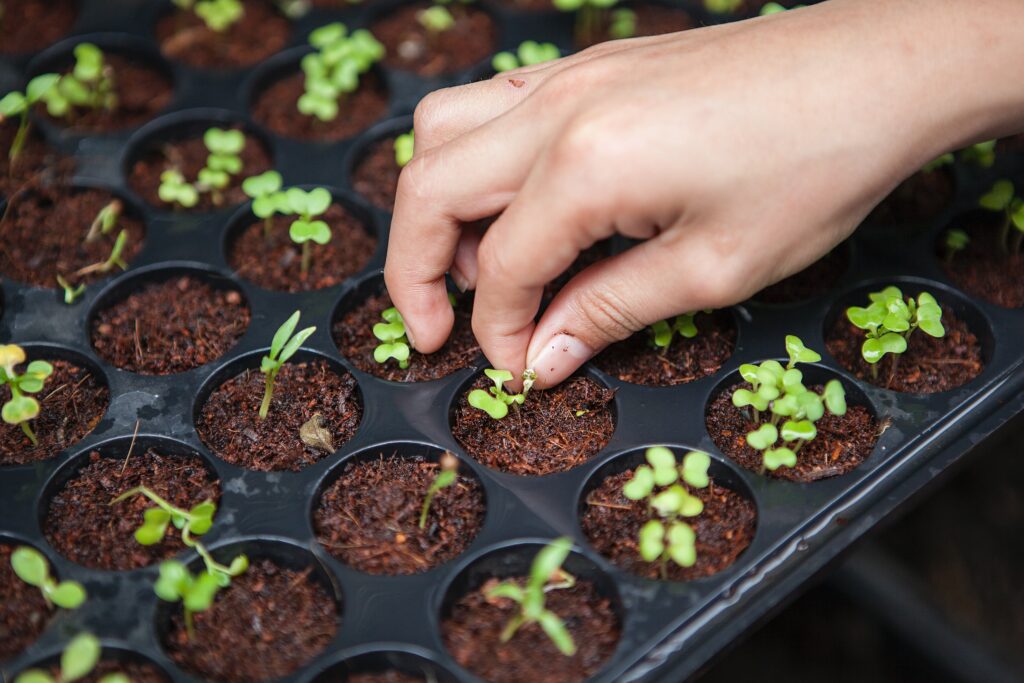Seeds are nature’s potential for future growth and biodiversity. Whether you are a passionate gardener, a seed collector, or simply someone who wants to ensure a steady supply of high-quality seeds, proper seed storage is essential. By preserving seeds correctly, you can extend their viability, maintain their genetic integrity, and safeguard against loss. In this article, we will explore the best practices for storing seeds, ensuring their longevity, and maximizing their potential for successful germination.

1. Harvesting and Cleaning Seeds:
Before storing seeds, it’s crucial to harvest them at the right time. Allow the seeds to mature fully on the plant, and only collect seeds from healthy, disease-free specimens. Once harvested, remove any excess plant material and allow the seeds to dry completely. Proper cleaning ensures that no debris or moisture remains, reducing the risk of mold or rot during storage.
2. Choosing the Right Containers:
When it comes to seed storage, selecting the appropriate containers is key. Opt for airtight and moisture-proof containers that can keep seeds dry and protect them from external elements. Glass jars, resealable plastic bags, or metal tins are all viable options. Ensure the containers are clean and completely dry before use to prevent any potential moisture buildup.

3. Controlling Temperature and Humidity:
Seeds are highly sensitive to temperature and humidity fluctuations. To maintain their viability, store them in a cool, dry, and stable environment. Ideally, the temperature should be between 32°F (0°C) and 41°F (5°C), such as in a refrigerator or cool basement. Avoid storing seeds in areas prone to temperature extremes, such as attics or garages. Additionally, aim for a humidity level of 40-50% to prevent mold or premature germination.
4. Labeling and Organization:
Maintaining an organized seed collection is essential for easy access and identification. Clearly label each container with the seed type, variety, and the date of collection. Use waterproof and fade-resistant markers or print labels for longevity. To further enhance organization, group seeds by type or planting season and create a detailed inventory or catalog.

5. Seed Longevity and Viability:
The lifespan of different seeds can vary significantly. Some seeds, like tomato or lettuce, can remain viable for several years, while others, like onions or parsnips, have shorter lifespans. Conduct research or consult seed catalogs to understand the expected shelf life of specific seeds. Consider conducting germination tests periodically to check the viability of stored seeds and discard those that no longer have a high chance of successful sprouting.
6. Maintaining Optimal Storage Conditions:
Regularly inspect stored seeds for any signs of moisture, mold, or pests. If you encounter any issues, promptly remove and discard affected seeds to prevent the spread of problems. Periodically open containers to allow for air circulation and reduce the risk of condensation. Avoid exposing seeds to direct sunlight, as it can affect their viability. Maintain a vigilant approach to seed storage to ensure long-term success.
Proper seed storage is a vital step in preserving the genetic diversity of plants and ensuring successful future growth. By following these guidelines and paying attention to the specific requirements of different seed varieties, you can prolong their viability and maintain their genetic integrity. Remember to harvest and clean seeds carefully, choose suitable containers, control temperature and humidity, organize your collection, and regularly assess seed viability. With these practices in place, you can embark on an exciting journey of planting, propagating, and sharing the wonders of nature through the cultivation of healthy and vibrant plants.
